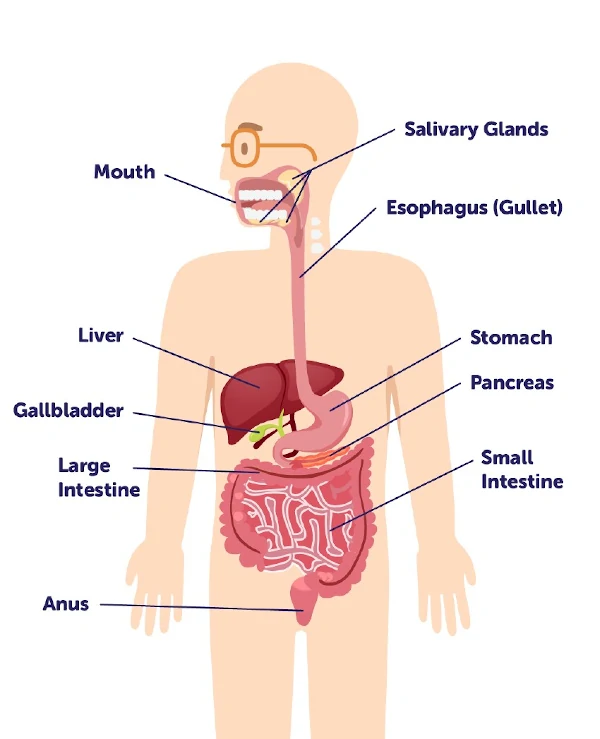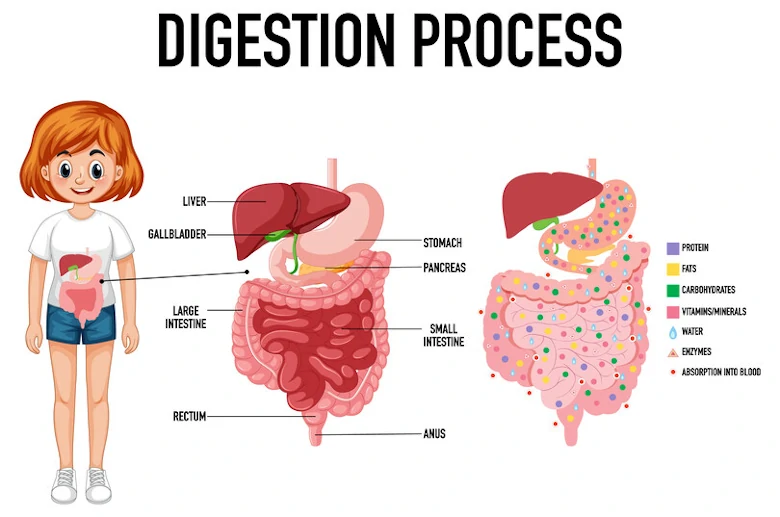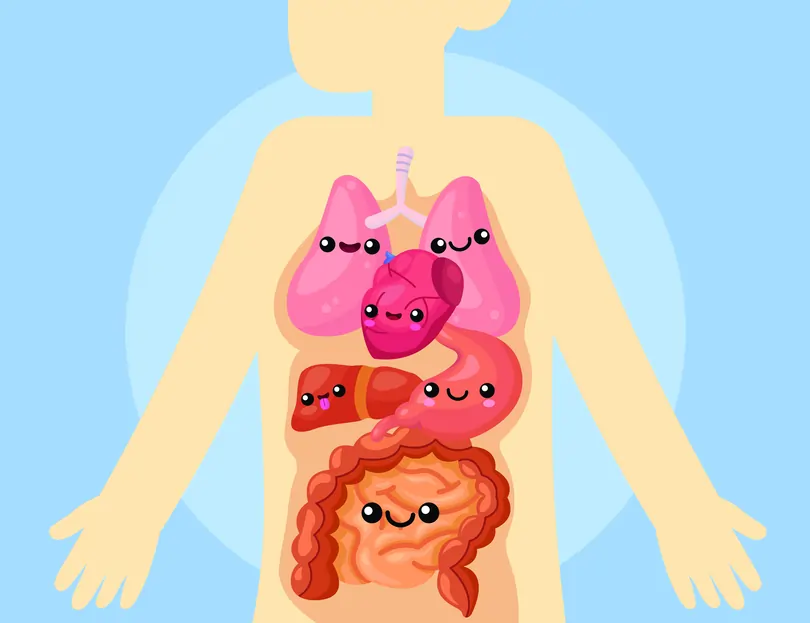Systems
In this article, you will be introduced to the concept of what a system is according to the Singapore Primary 3 Science Syllabus. We will also be looking at the different types of body systems that are found in the human body.
What is a system?
A system is made of two or more parts working together. When any one part of the system stops functioning, the whole system will not be able to function properly. Systems can be found in both living and non-living things. The table below shows some examples of systems in both living and non-living things.
| Systems Found In Living Things | Systems Found In Non-Living Things |
|---|---|
| plant transport system | laptop |
| human digestive system | television |
| human circulatory system | mobile phone |
Human Body Systems
The human body is made up of different parts and systems so that the body functions effectively and efficiently to keep the human alive and healthy.
The human body consists of the following body systems:
| Human Body System | Function(s) |
|---|---|
| circulatory system |
|
| digestive system |
|
| muscular system |
|
| respiratory system |
|
| skeletal system |
|
Human Circulatory System
The human circulatory system consists of the heart, the blood and the blood vessels.
Image Credits: Human Circulatory System
One of the main functions of the human circulatory system is to transport oxygen, digested food and water to the different parts of the body. At the same time, it transports carbon dioxide and waste away from the different parts of the body for removal.
Human Digestive System
The human digestive system consists of the mouth, the gullet, the stomach, the small intestine, the large intestine and the anus.
Image Credits: Human Digestive System
The main functions of the digestive system is to digest food into simpler substances and absorb the digested food into the bloodstream.
Click here to learn more about the digestive system.
Human Muscular System
The muscular system is made of different types of muscles. Some muscles, like the muscles that are found on our arms and legs, can be controlled to enable movement. However, some muscles, such as those that make up our heart (heart muscles) and stomach (stomach muscles), cannot be controlled.
Image Credits: Human Muscular System
Muscles work in pairs. As one muscle contracts, the other muscle relaxes. This allows the muscles to work together with our skeletal system to enable movement.
Human Respiratory System
The human respiratory system consists of the nose, windpipe and the lungs.
Image Credits: Human Respiratory System
The main function of the respiratory system is to take in oxygen and give out carbon dioxide (gaseous exchange with the atmosphere). It helps us to take in the oxygen that our body needs for survival.
Human Skeletal System
The human skeletal system is made of 206 bones. Examples of these bones include the skull, ribcage, backbone and hipbone.
Image Credits: Human Skeletal System
The functions of the human skeletal system is to provide support for our body, give our body shape, protect our important organs and work together with the muscular system to enable movement. There are joints at the various parts of the skeletal system to enable the body to bend.
Conclusion
In this article, we learned about the different types of the human body systems. We also learned about the functions of the different body systems that are found in the human body.
Test Your Concepts
Answer the following questions based on the concepts that we have covered in this article. If you are unclear, you may want to revisit the relevant section to revise the concepts.
Question 1:
Lionel is playing soccer as shown in the picture below.
Which body systems are working together when he is playing soccer?
- skeletal system
- muscular system
- circulatory system
- respiratory system
Choose the correct option
- A and C only
- B and D only
- A, C and D only
- A, B, C and D
Solution:
(4)
Explanation:
The skeletal system and muscular system work together to enable movement. The respiratory system helps to take in the oxygen that Lionel needs and give out the carbon dioxide produced. The circulatory system transports oxygen and digested food to his muscles to release energy for him to play soccer.
Question 2:
The table below shows the functions of some human body systems.
Which of the following correctly matches the function to the human body system?
| System | Function | ||
| 1. | skeletal | transport digested food to all parts of the body | |
| 2. | muscular | gives the body its shape | |
| 3. | respiratory | takes in oxygen and removes carbon dioxide | |
| 4. | circulatory | absorb digested food into the bloodstream |
Solution:
(3)
Explanation:
The functions of the human skeletal system is to provide support for our body, give our body shape, protect our important organs and work together with the muscular system to enable movement. The function of the muscular system is to work together with the skeletal system to enable movement. The function of the circulatory system is to transport digested food, oxygen and water to all parts of the body and transport carbon dioxide and waste away from the body for removal.
Question 3:
Jane wrote the following statements about the different human body systems as shown below.
- Our ribcage protects our lungs.
- The circulatory system consists of the heart, blood and blood vessels.
- The respiratory system consists of the mouth, gullet, lungs and stomach.
- The skeletal system works together with the muscular system to enable movement.
Which of the statements made by Jane are correct?
- A and D only
- B and C only
- A, B and D only
- A, B, C and D
Solution:
(3)
Explanation:
The respiratory system consists of the nose, windpipe and lungs.
| Continue Learning | |
|---|---|
| Systems | Diversity Of Materials |
| Plants And Their Parts | Living And Non-Living Things |
| Diversity Of Plants | Digestive System |
| Diversity Of Animals | Fungi & Bacteria |
 SG
SG  VN
VN 













